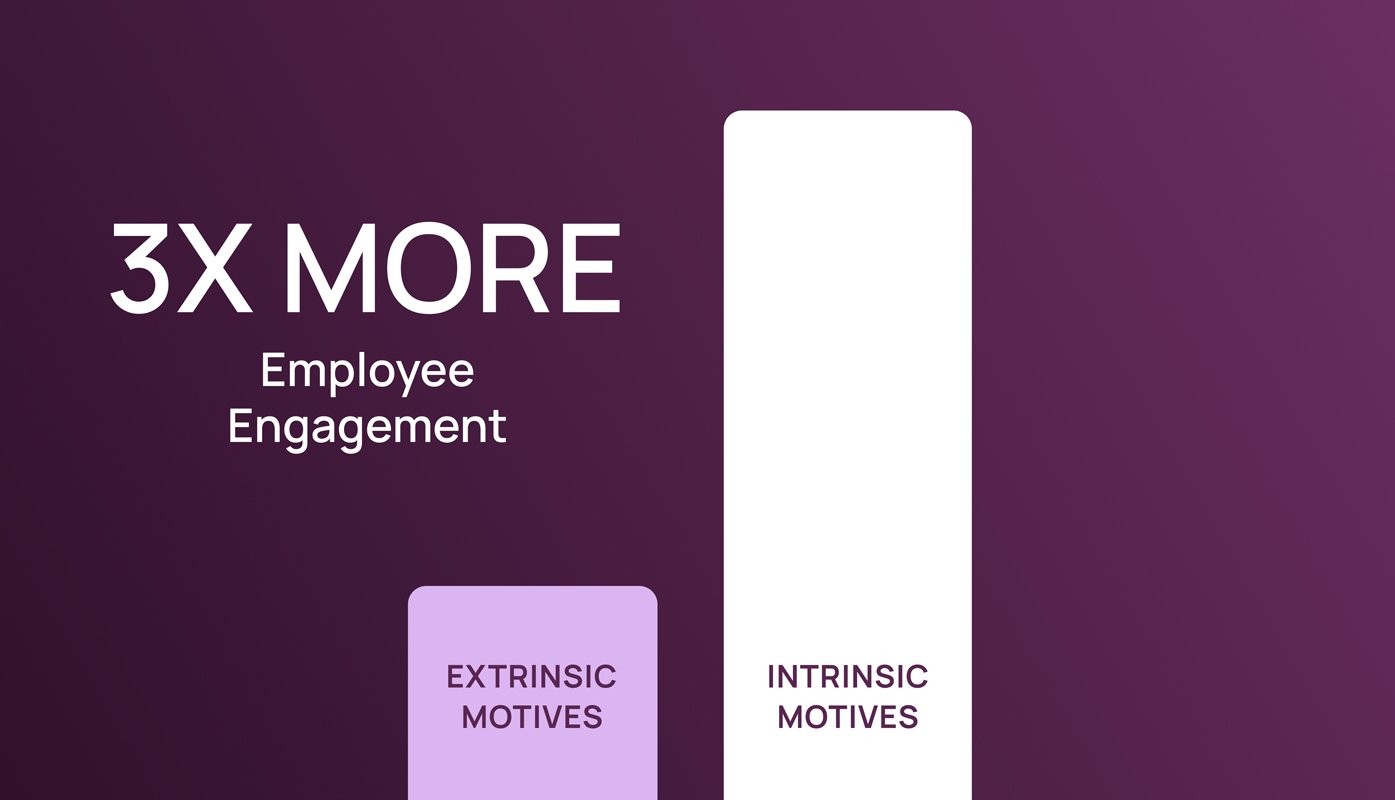Gamified learning is transforming the educational landscape by integrating game mechanics and design elements into the learning process. This innovative approach leverages the inherent human desire for competition, achievement, and interaction to create engaging and motivating learning experiences. But what exactly is gamified learning, and why is it so effective? Let’s delve into the psychology behind this powerful educational tool.
The Psychology of Play: Why Gamified Learning Works
The success of gamified learning lies in its ability to tap into fundamental psychological principles that drive engagement and knowledge retention.
Intrinsic Motivation: Igniting the Inner Spark
Gamified learning fosters intrinsic motivation, the inherent drive to learn for the sheer joy of it. By incorporating elements like challenges, rewards, and progress tracking, it transforms learning from a chore into a rewarding pursuit. A 2012 study revealed that intrinsic motivation has three times the impact on engagement compared to extrinsic motivators like monetary rewards.
 Blog—banner—Gamified-Learning-2
Blog—banner—Gamified-Learning-2
Immediate Feedback: Guiding Learners Toward Success
Gamified learning provides instant feedback through visually appealing graphics, animations, and interactive elements. This immediate reinforcement of correct answers and gentle correction of mistakes allows learners to understand concepts quickly and build confidence. Research indicates that delayed feedback hinders learning by diminishing the positive impact of rewards.
Autonomy and Control: Empowering the Learning Journey
Gamified learning empowers learners by offering choices and control over their educational path. This autonomy fosters a sense of ownership and responsibility, leading to increased motivation and a deeper investment in the learning process. The self-determination theory underscores the crucial role of autonomy in optimizing learning and personal growth.
Cognitive Load Theory and Microlearning: Breaking Down Complexity
By applying the principles of cognitive load theory, gamified learning breaks down complex information into manageable chunks. This approach reduces cognitive overload, making it easier for learners to process and retain information. Microlearning and nano learning, which deliver information in short, engaging bursts, are closely aligned with gamified learning principles.
The Zeigarnik Effect: The Power of Unfinished Business
The Zeigarnik effect, a psychological phenomenon where incomplete tasks are more memorable than completed ones, plays a role in gamified learning’s effectiveness. Structuring learning activities as quests or missions with multiple stages keeps learners engaged and motivated to complete their learning journey.
Flow State: Immersing Learners in the Zone
Gamified learning cultivates a flow state, a state of deep immersion and focus where time seems to disappear. By balancing challenge and skill level, it creates an enjoyable and rewarding experience that enhances engagement and knowledge acquisition. Studies have shown that flow states in e-learning foster positive emotions and improve academic performance.
Conclusion: The Future of Learning is Playful
Gamified learning offers a powerful and engaging approach to education that leverages the psychology of play to enhance learning outcomes. By tapping into intrinsic motivation, providing immediate feedback, fostering autonomy, and creating a flow state, it transforms learning into a rewarding and enjoyable experience. As we continue to explore the potential of gamified learning, it’s clear that the future of education is playful and full of possibilities.